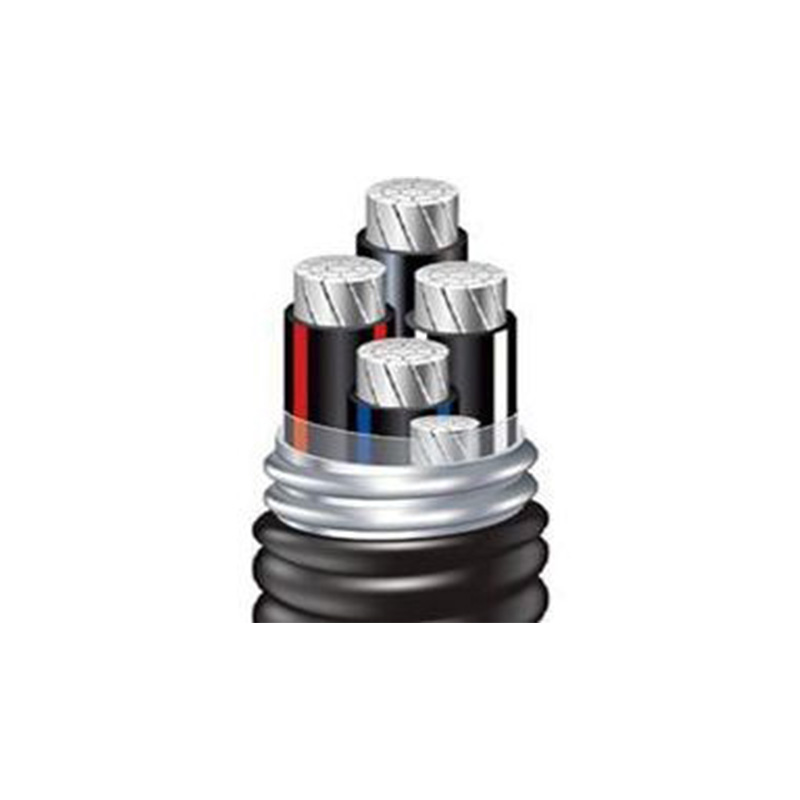нов . 24, 2024 04:55 Back to list
di dismantling joint
Understanding Dismantling Joints in Engineering
The field of engineering encompasses a variety of components and systems designed to perform specific functions, one of which is the dismantling joint. As industries evolve and technologies advance, the need for efficient, safe, and effective dismantling joints becomes paramount. This article delves into the concept of dismantling joints, their significance, manufacturing process, applications, and benefits.
What is a Dismantling Joint?
A dismantling joint is a mechanical device used to connect two piping systems or structural components in such a way that they can be easily assembled and disassembled without damaging the interconnected parts. These joints provide a reliable connection while allowing for future maintenance, inspection, or replacement of parts. Dismantling joints are vital in systems where components may need to be accessed frequently, such as in water treatment facilities, power plants, and various industrial applications.
Importance of Dismantling Joints
Dismantling joints play a crucial role in maintenance and operational efficiency. Once installed, systems may require periodic inspection or repair. Dismantling joints allow technicians to access system components with minimal disruption and time. This is particularly important in industries where downtime can lead to significant operational losses or safety hazards. By simplifying the process of disassembly, these joints contribute to better maintenance practices and overall system longevity.
Types of Dismantling Joints
Several types of dismantling joints are available, each tailored to specific applications
1. Flanged Dismantling Joints These joints feature flanges at both ends, enabling them to be bolted to adjoining pipes or components. They are widely used in high-pressure applications, given their robust design.
2. Sliding Dismantling Joints This type allows for axial movement, which can be particularly useful in accommodating thermal expansion or contraction in piping systems. Sliding joints are often used in pipelines carrying fluids at varying temperatures.
3. Telescopic Dismantling Joints These joints consist of sections that can slide within one another, providing extended reach and flexibility. They are suitable for applications where space constraints may limit conventional joint designs.
4. Adjustable Dismantling Joints These joints come with adjustable features that allow for precise alignment and spacing. Their versatility makes them ideal for complex piping layouts.
Manufacturing Process
The manufacturing of dismantling joints involves careful engineering and quality control. Typically, durable materials such as carbon steel, stainless steel, or PVC are used to withstand the conditions of the operating environment. The production process generally includes the following steps
di dismantling joint

1. Material Selection Choosing the appropriate material based on the application, considering factors such as pressure, temperature, and chemical exposure.
2. Design Utilizing CAD software to create detailed designs that meet engineering requirements.
3. Fabrication Cutting, shaping, and assembling the materials according to the design specifications. This may include welding, machining, or molding processes.
4. Inspection and Testing Conducting rigorous quality checks and tests to ensure that the final product meets safety and performance standards. This may include pressure testing and inspection for leaks.
5. Finishing Touches Applying coatings or treatments to improve corrosion resistance and enhance durability.
Applications of Dismantling Joints
Dismantling joints have diverse applications across various sectors. Some notable examples include
- Water Supply Systems In municipal water pipelines where components need regular maintenance. - Wastewater Treatment Facilities Allowing for access to pumps, valves, and other critical components. - Power Generation Enabling inspections in steam and cooling systems. - Chemical Processing Plants Where frequent changes to piping configurations may occur.
Benefits of Dismantling Joints
The integration of dismantling joints in systems offers several advantages
- Reduced Downtime Quick disassembly and reassembly speeds up maintenance tasks, minimizing potential revenue losses. - Cost-Effectiveness By extending the lifespan of components through easier access, dismantling joints can reduce overall operational costs. - Enhanced Safety Simplifying maintenance tasks contributes to better safety practices, reducing the risk of accidents during inspections.
Conclusion
In conclusion, dismantling joints are integral components in modern engineering, crucial for maintaining operational efficiency and safety in various systems. Their design and functionality cater to the demanding needs of industries, making them indispensable in today’s complex infrastructures. Emphasizing the importance of quality manufacturing processes and tailored designs, understanding dismantling joints equips engineers and technicians to optimize their systems effectively.
Share
-
Reliable Wafer Type Butterfly Valves for Every IndustryNewsJul.25,2025
-
Reliable Flow Control Begins with the Right Ball Check ValveNewsJul.25,2025
-
Precision Flow Control Starts with Quality ValvesNewsJul.25,2025
-
Industrial Flow Control ReliabilityNewsJul.25,2025
-
Engineered for Efficiency Gate Valves That Power Industrial PerformanceNewsJul.25,2025
-
Empowering Infrastructure Through Quality ManufacturingNewsJul.25,2025